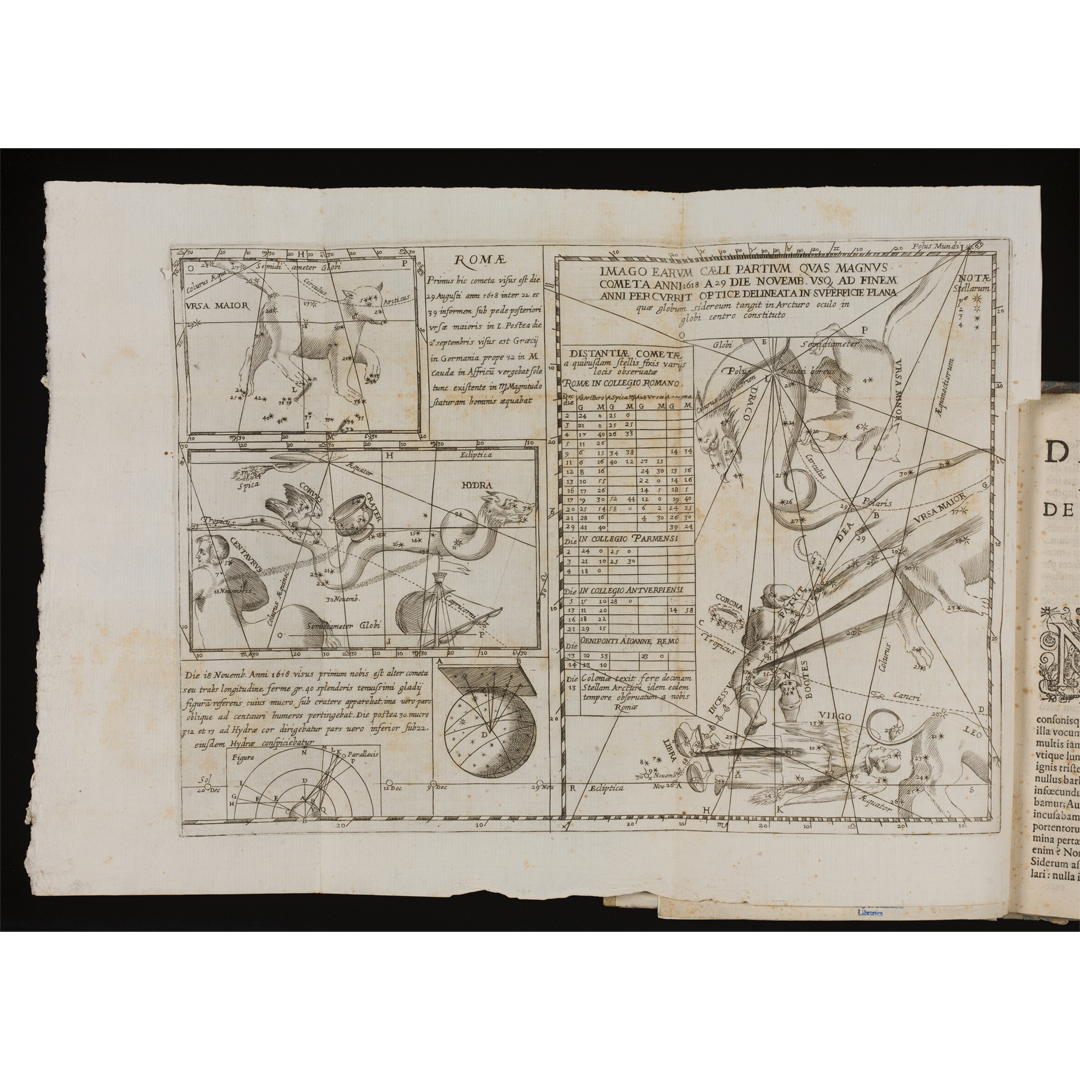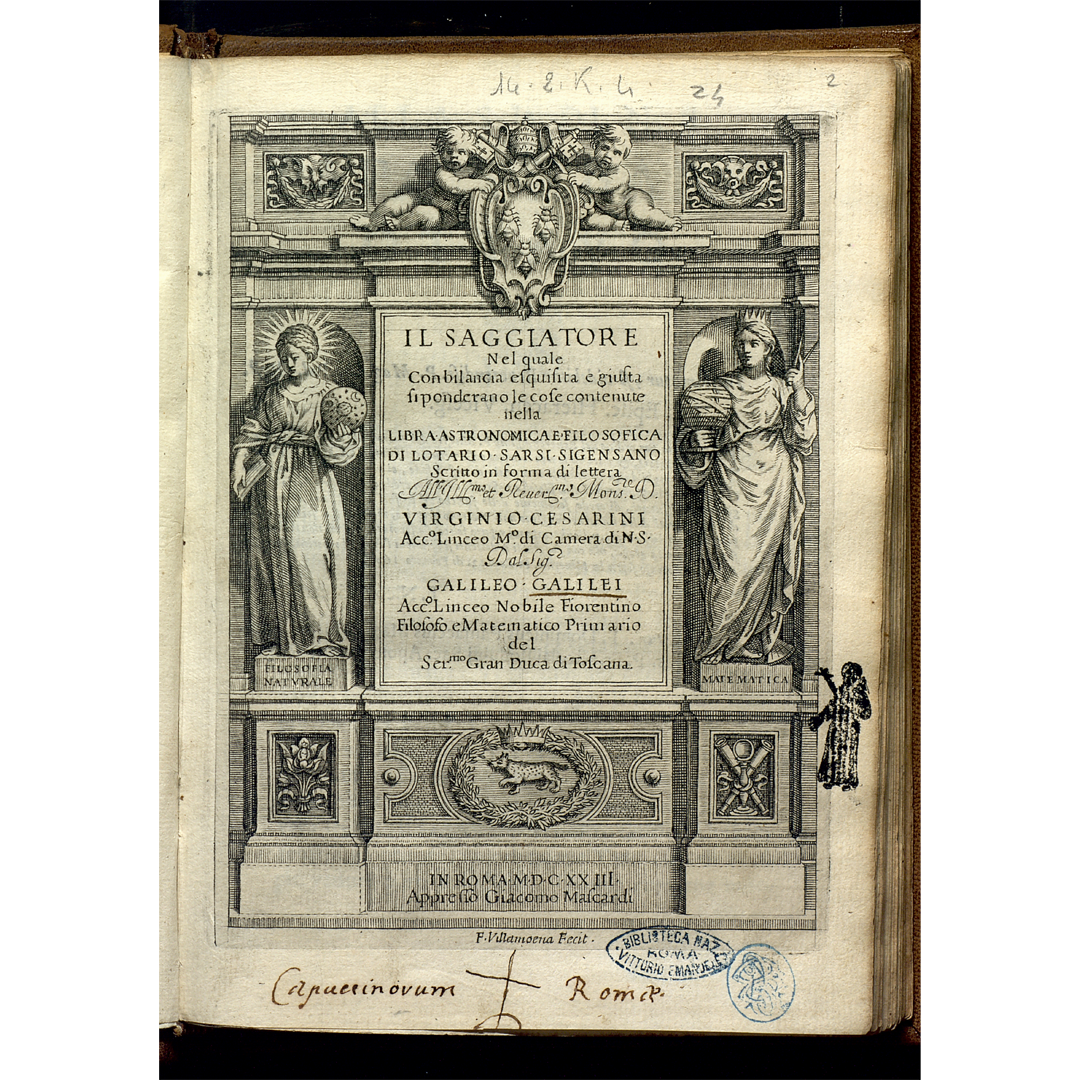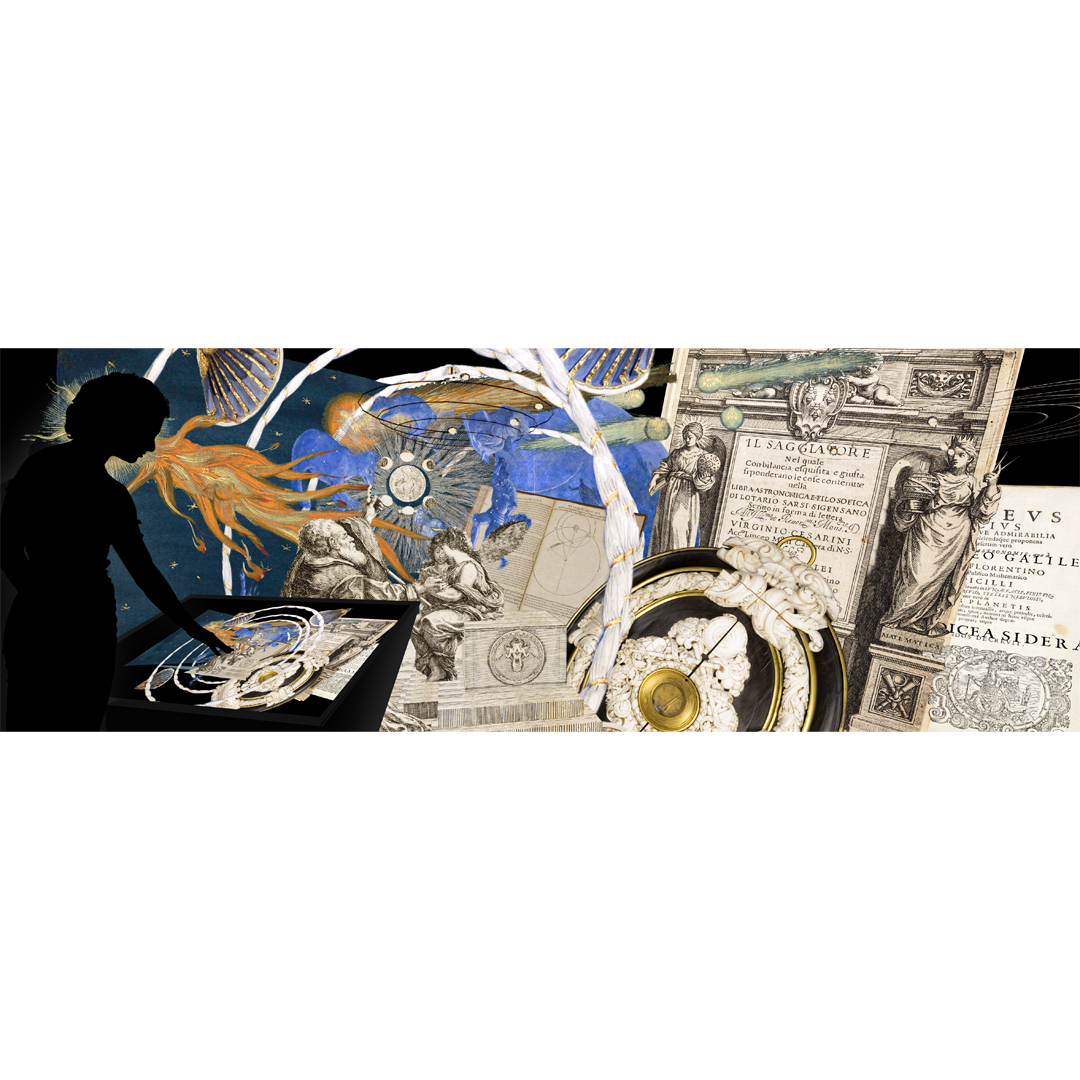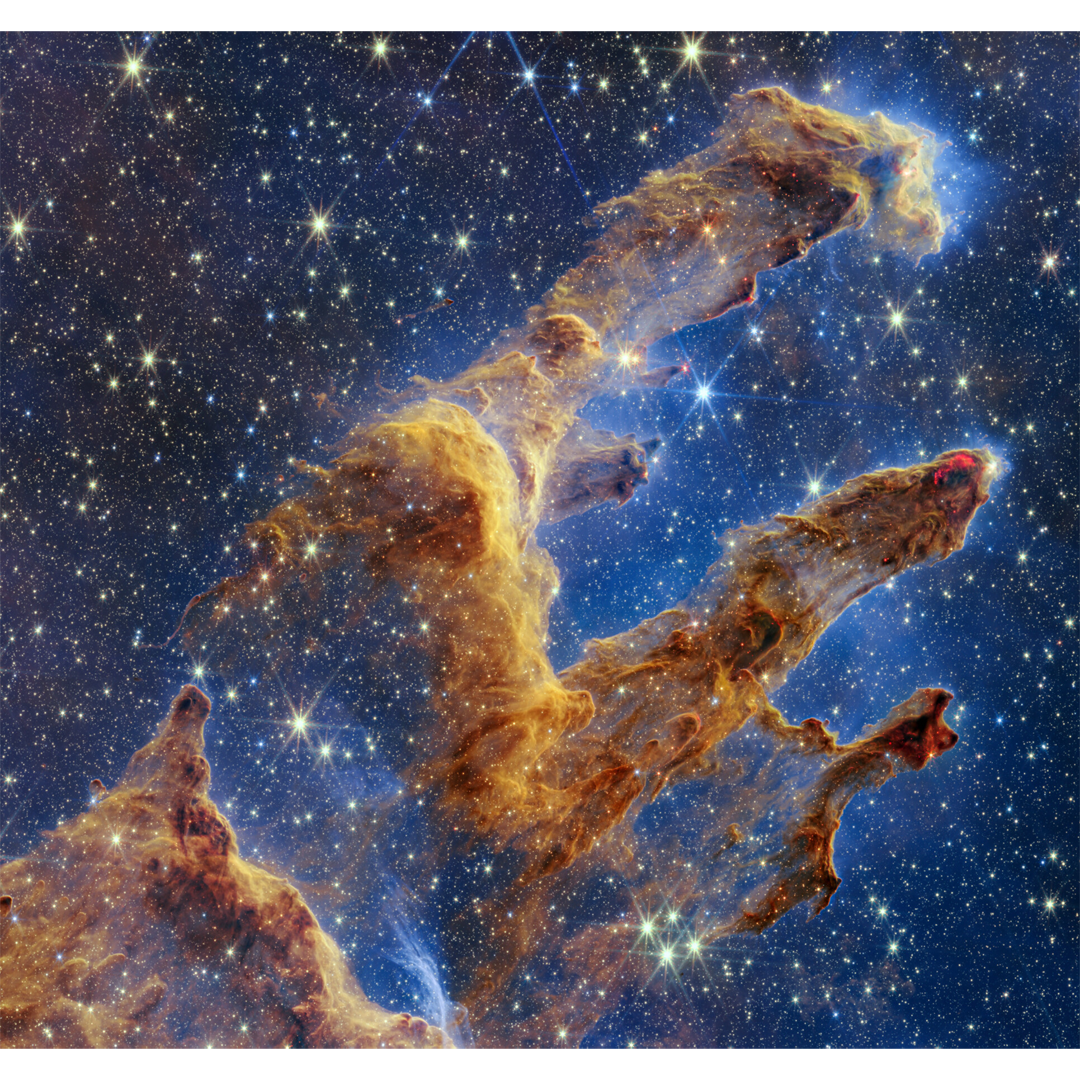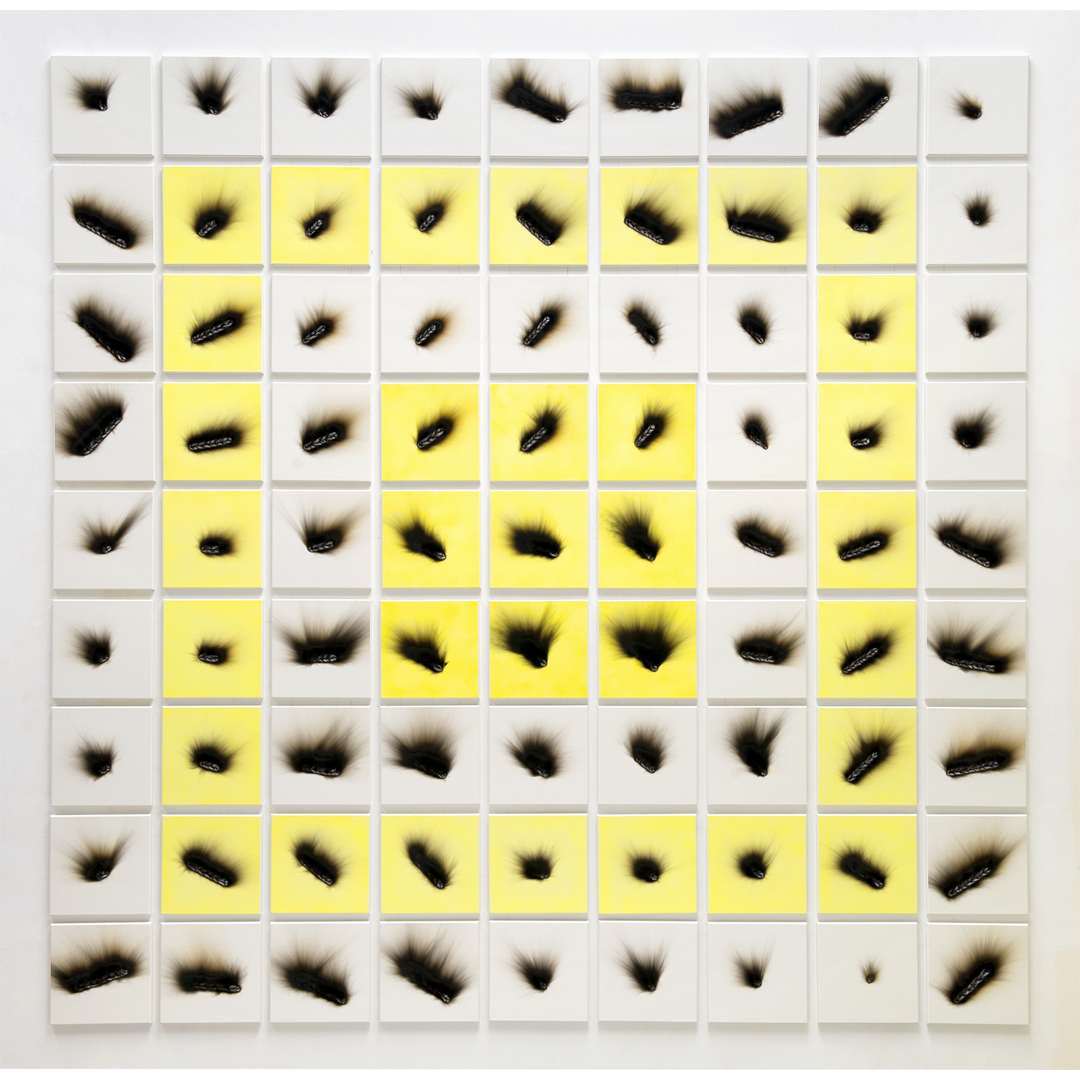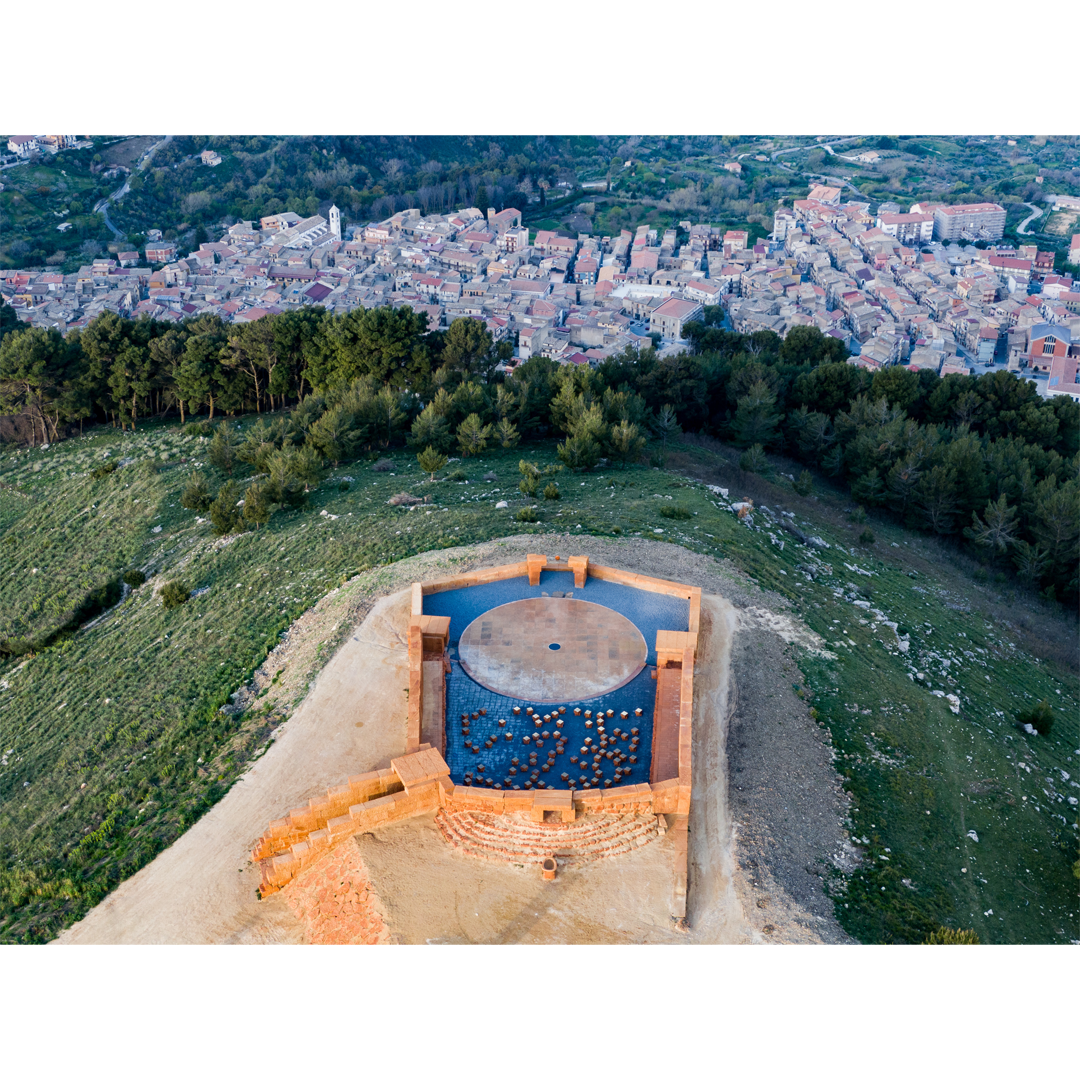Monumental Complex of Santa Maria Novella Firenze, Piazza Stazione 6
Celestial splendors
Organised by Museo Galileo in collaboration with EGO-European
Gravitational Observatory with the support of Fondazione Cassa di Risparmio di Firenze and Unicoop Firenze.


The exhibition represents one of the main initiatives organised to celebrate the 400 th anniversary of the publication of Galileo Galilei’s Saggiatore, the book that laid the foundations of the modern concept of science based on observation and experimentation. Supported and published by the Academy of Lincei—and offered as an auspicious gift to the newly elected Pope Urban VIII—Il Saggiatore stems from a dispute on the origin of comets between Galileo and the Jesuit Orazio Grassi. Galileo implacably refuted the basis of the scholastic philosophy on which the Jesuit’s thesis was founded, and counter it with his idea of the nature as grounded in rigorous mathematical principles.
YEARS SINCE THE PUBLICATION OF 'IL SAGGIATORE'
Info
Monumental Complex of Santa Maria Novella
Piazza Stazione 6, Firenze
Opening Hours: Monday-Sunday 9:30 am -5:30 pm
December 25, 2023 and January 1, 2024: 1:00 pm -5:30 pm
Full price ticket € 5,00
Reduced price ticket € 3,00
- - groups min. 15 people
- - visitors aged 6 to 18
- - holders of a Museo Galileo entrance ticket
- - Unicoop Firenze members
- Online Ticket Office
Free admission
- - children under 6
- - holders of a Monumental Complex of Santa Maria Novella entrance ticket
- - teachers accompanying school groups
- - ICOM members
- - official tour guides and interpreters on duty
- - journalists with current ID
- - disabled visitors and accompanying persons
Info: tel. +39 055 2989851
Highlights
Libra astronomica ac philosophica
Orazio Grassi
Perugia 1619
Published under the pseudonym Lotario Sarsi, Jesuit Grassi’s work on comets was implacably refuted by Galileo in his Saggiatore (The Assayer).
Il Saggiatore
Galileo Galilei
Rome 1623
Written by Galileo in response to Orazio Grassi’s Libra astronomica, Il Saggiatore (The Assayer) is regarded
as the book that laid the foundations of the modern concept of science based on observation and
experimentation.
The “Pillars of Creation”
1995
Clouds of gas and dust photographed by the James Webb Space Telescope.
Seki’s nested magic square
Charles Ross
2008, Bologna, Private collection
This artwork—a life-size reproduction of which is on display—is part of a series of images created in New Mexico by positioning some white wooden panels under a giant magnifying glass. The resulting images constitute a portrait of solar light drawn by the Sun itself, which evoked the different environmental and celestial conditions in which they were produced.
Theatre Andromeda
Lorenzo Reina
The Theatre was built in 1984 on the hills overlooking the Sicilian village of Santo Stefano Quisquina (AG)
after Reina—who was then a shepherd in the high pastures—became enchanted while gazing at the 108
visible stars of the Constellation Andromeda. After various interventions, the current form of Theatre
Andromeda was completed on March 19, 2023.
Exhibition description
Installation
Exhibition path
The exhibition consists of six parts:
- News from the Heavens
- The comets
- Il Saggiatore: A “Discourse on Method”
- The World Systems
- Beyond the Visible: The Exploration of Deep Space
- The Heavens as a Work of Art: The Aesthetic Dimension of Astronomical Observation
From
Galileo

Exhibition trailer
Catalogue
Digital Library (Italian Only)
The comet debate of 1618

 EN
EN  IT
IT 